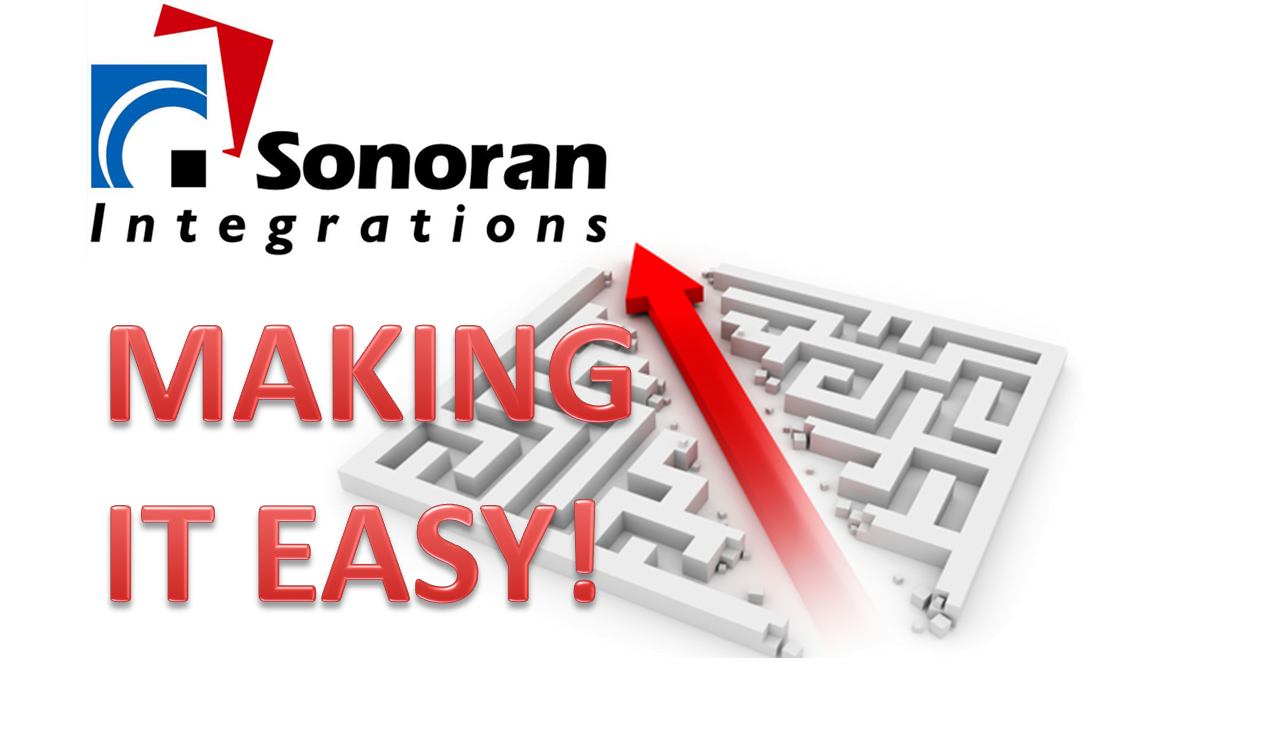We all know disaster can strike anytime—a broken water pipe, fire, weather event… all can do damage and wreak havoc on your business. And when time is money, getting your business up and running after a disaster is paramount.
Most businesses focus on being able to recover their applications and files after a disaster, but don’t consider the possibility of using cloud solutions to keep their business active THROUGH times of disaster. In emergency situations, customers, employees and others need to be able to reach you, and you need to reach the tools you need from anywhere, not to mention just being able to reach each other through a phone call. The cost of data center co-location and bandwidth has dropped dramatically. Organizations of all sizes can now benefit from what was once “enterprise grade”.
Cloud-based communications, desktop as a service, mobile asset management & applications living in secure clouds can mobilize your workforce and keep your business running through a disaster instead of just giving it back to you after the disaster is over.
Here are four reasons why building for mobility ‘inherits’ disaster recovery:
- Work anywhere: Often in a disaster event, your employees may not be able to get to the office and instead could end up working from their homes, in libraries, at coffee shops—anyplace with an Internet connection. With cloud systems, they can use a softphone on their computer or their mobile device to access all the functions they need, enabling them to conduct business as if they were in the office. Why is this a back up mentality instead of creating your technology solution to utilize the cloud?
- Business continuity: Cloud-based services are hosted in data centers away from your business and safe from harm (usually a cloud provider’s whole data center operation is backed up by an active-active data center for fail over with 99.999% up time). Your customers are still able to reach your business for important disaster information, if necessary, or to continue their day-to-day business. And you can continue communicating with your customers and employees without skipping a beat.
- Opportunity: Having access to all your needed tools and communication through a disaster is everything. You can continue on business as usual. Imagine being able to collaborate with colleagues and customers in a disaster situation. Imagine the level of comfort given to your customers knowing you are able to fill their needs even as their world might be falling down around them. What if you were the only provider able to continue offering services in the area? How much better will your employee’s feel about doing their job with easy to use, access anywhere techology?
- Low cost: Monthly subscription-based pricing models make the move to the cloud a cost-effective option in disaster recovery planning.
No one can be fully prepared when disaster strikes; so, build your systems for a mobile workforce. Your disaster recovery is built in.
{{cta(‘ce39036c-ba0e-419d-acc1-f556223a59a2’)}}
{{cta(‘000cf3cf-5578-4be4-a374-4a2ab3be8e2b’)}}
{{cta(’28ea5d35-c11b-4054-b24f-9e0722431e59′)}}






